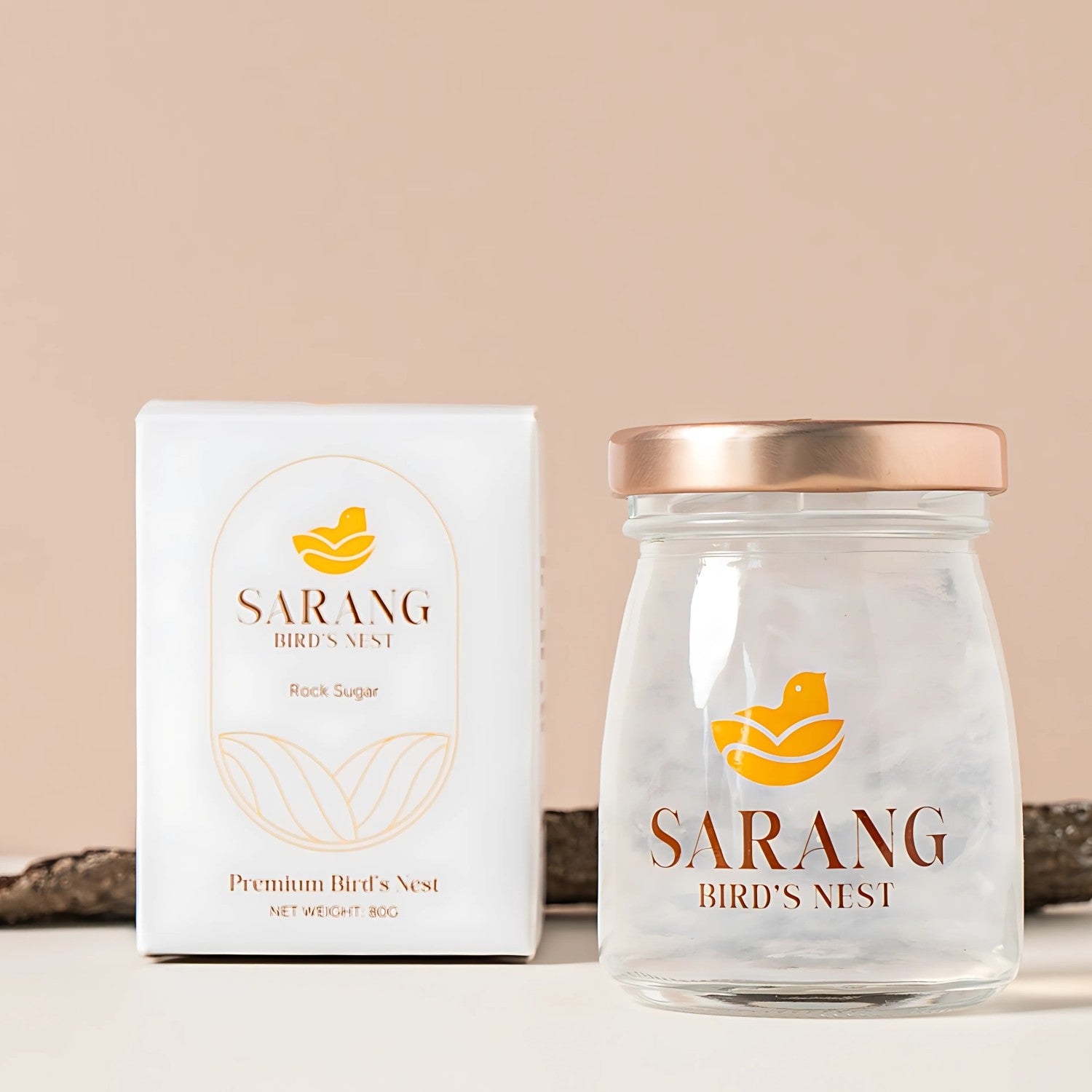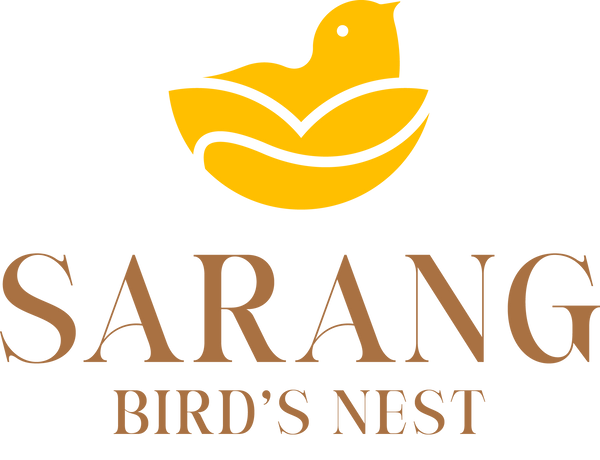Bird’s nest consumption has a rich history in Asia, where it is revered for its health benefits, including enhanced immunity, anti-aging properties, and skin nourishment. However, with growing demand, concerns about sustainability and ethical harvesting have emerged. In this article, we’ll explore sustainable and ethical bird's nest harvesting practices, the benefits of choosing ethically sourced products, and what to look for when purchasing bird’s nest.
Why Ethical Bird’s Nest Harvesting Matters
Bird’s nests are created by swiftlets, small birds that craft their nests using hardened saliva. Traditionally, these nests were harvested from caves, which involves high-risk climbing to access them. Unfortunately, such methods can endanger both harvesters and swiftlets. Unsustainable practices may disrupt the breeding cycles of these birds, contributing to population decline.
House vs. Cave Nests: A Safer, Cleaner Alternative
One of the most sustainable and ethical practices in bird’s nest harvesting is using house nests rather than cave nests. Swiftlets are attracted to man-made structures, where they can nest safely. Here’s why house nests are a more sustainable option:
- Cleaner Environment: House nests are created in controlled environments, free from the dust and debris often found in caves. This reduces the need for extensive cleaning and processing, ensuring a purer final product.
- Improved Worker Safety: House nests eliminate the need for dangerous climbing, making it safer for harvesters to collect nests without risking injury.
- Reduced Environmental Impact: Unlike caves, man-made structures can be maintained without altering natural habitats, thus supporting local ecosystems and helping prevent over-harvesting.
Selective Harvesting: Ensuring Bird Welfare
Another critical component of ethical bird’s nest harvesting is selective harvesting. This approach ensures that nests with eggs or chicks inside are left undisturbed, allowing swiftlets to complete their breeding cycle. Key benefits of selective harvesting include:
- Conserving Swiftlet Populations: Allowing birds to breed undisturbed helps maintain swiftlet populations, ensuring a sustainable future for the industry.
- Encouraging Ethical Breeding Practices: By respecting the natural life cycle of swiftlets, selective harvesting supports a balanced ecosystem and aligns with ethical consumer expectations.
How to Identify Ethically Sourced Bird’s Nest
When purchasing bird’s nest, look for brands committed to sustainable and ethical practices. Certifications such as HACCP and Halal often indicate quality and safety standards in the harvesting and processing of bird’s nests. Additionally, seek out companies that transparently share their sourcing practices, emphasizing house nest use and selective harvesting.
Benefits of Choosing Ethically Harvested Bird’s Nest
Ethically harvested bird’s nests not only support the welfare of swiftlets and the environment but also provide a cleaner, higher-quality product. Supporting ethical companies contributes to:
- Sustainability: Reducing environmental harm and promoting swiftlet population health ensures the longevity of bird’s nest availability.
- Product Purity: House-harvested bird’s nests often have fewer contaminants, offering a more natural and nutrient-rich product.
- Social Responsibility: Ethical sourcing respects the safety of harvesters and upholds the ethical standards that discerning consumers value.
Final Thoughts: Choosing Sustainability in Bird’s Nest Consumption
As consumers, our choices shape industry practices. By choosing sustainably and ethically harvested bird’s nest, we help promote safe, environmentally responsible methods that ensure swiftlet populations and their habitats are protected. Look for brands committed to sustainability, selective harvesting, and worker safety for a choice that aligns with both health and ethical values.
Sustainable bird’s nest practices mean that future generations can enjoy these natural products responsibly, supporting both nature and health in harmony.

